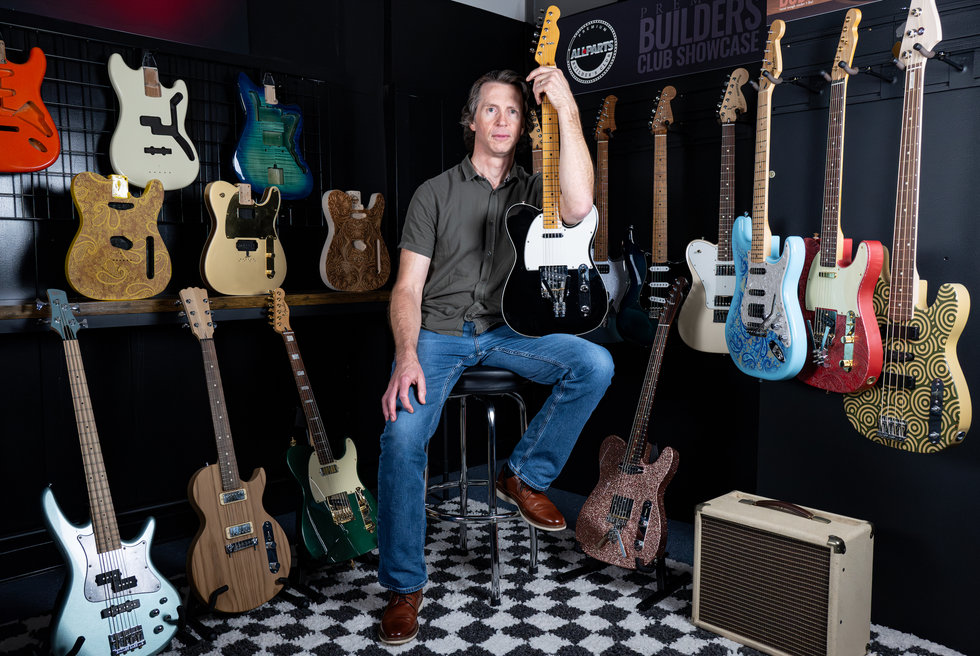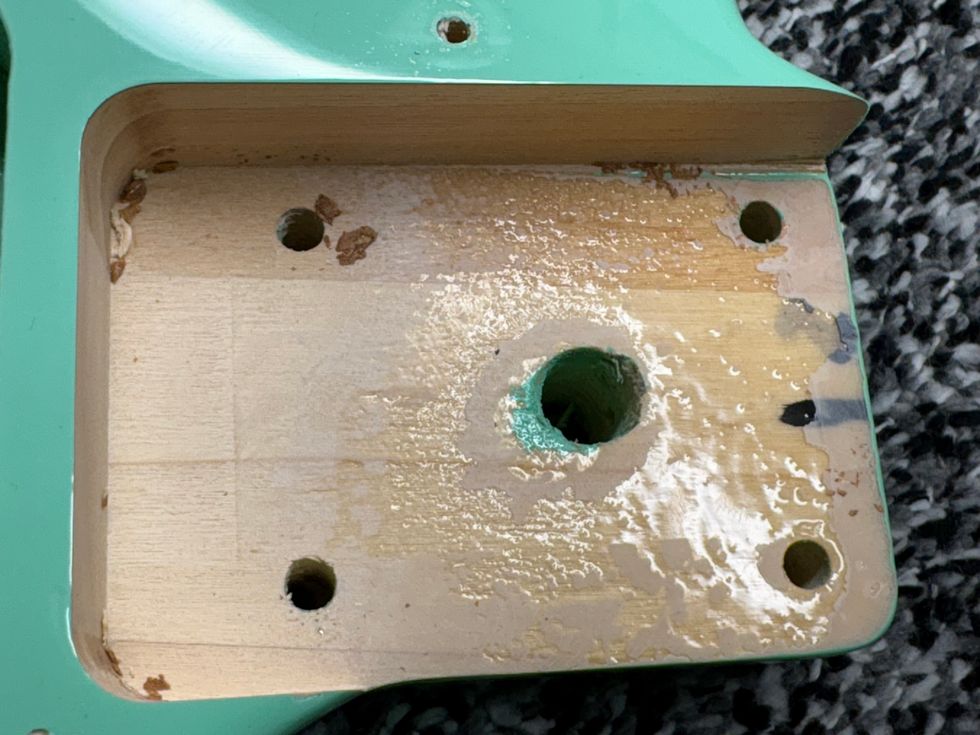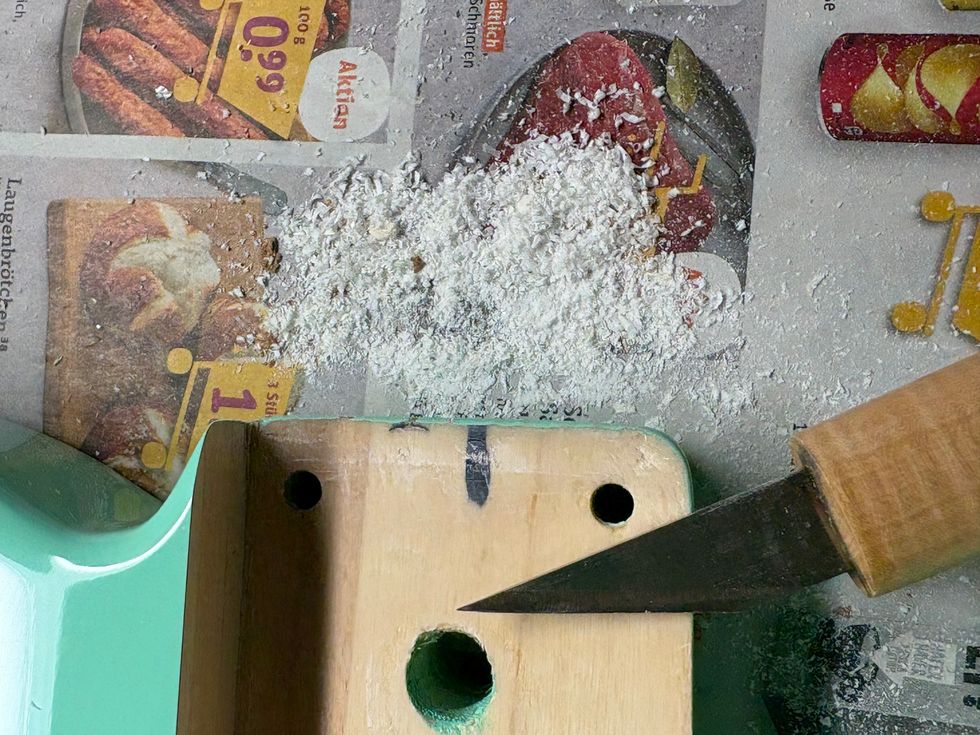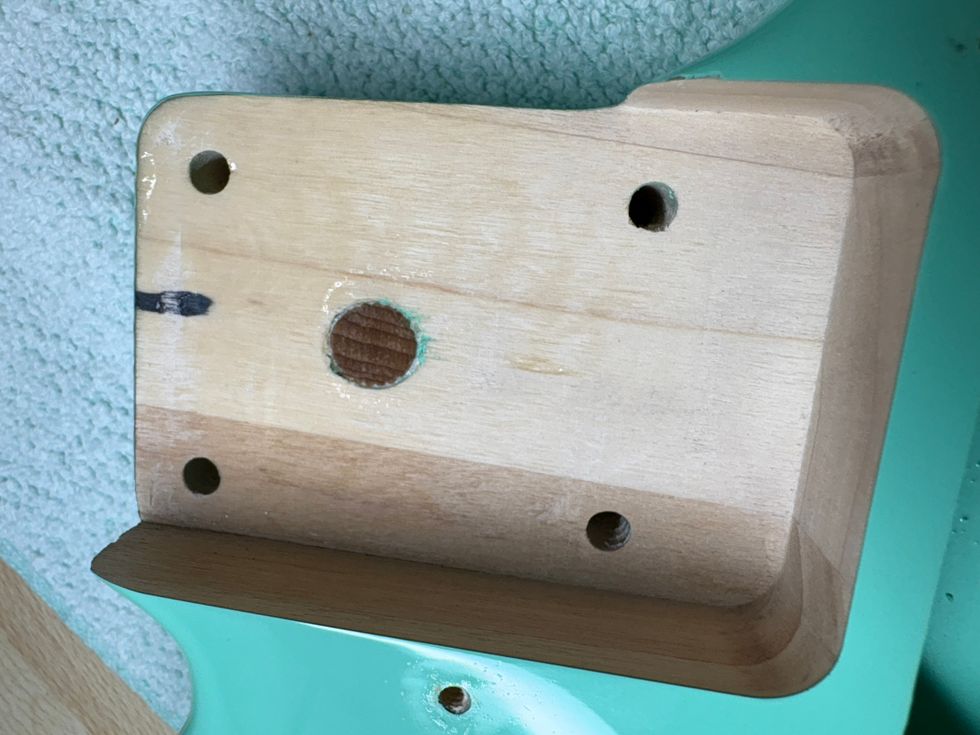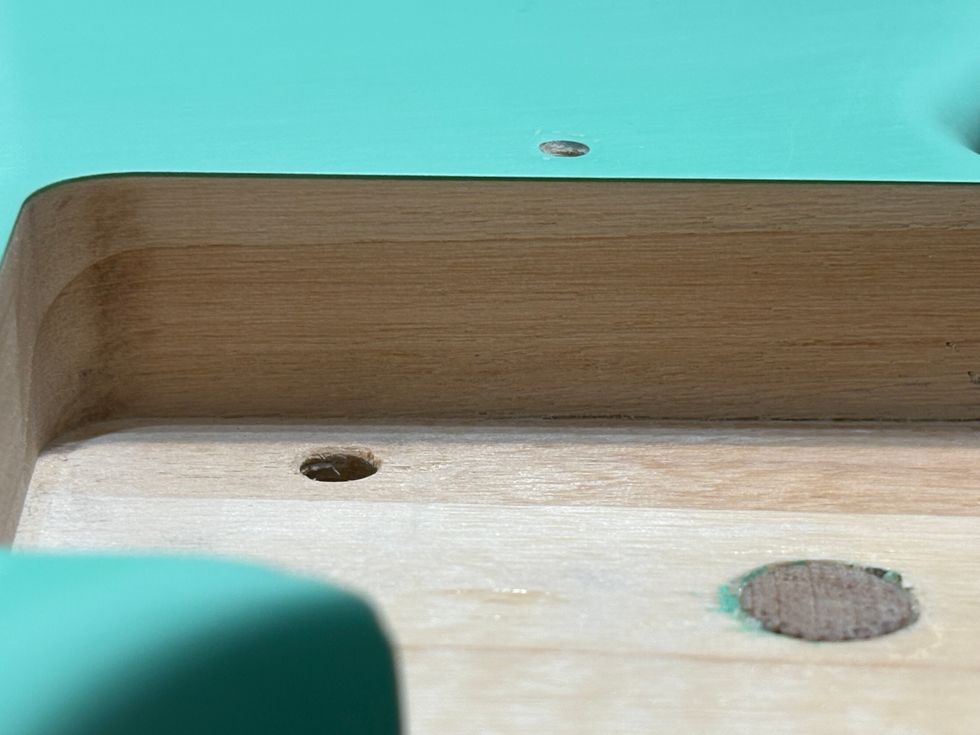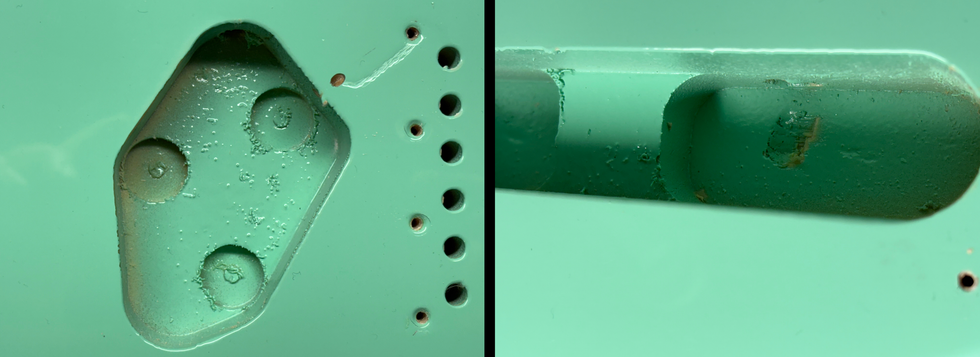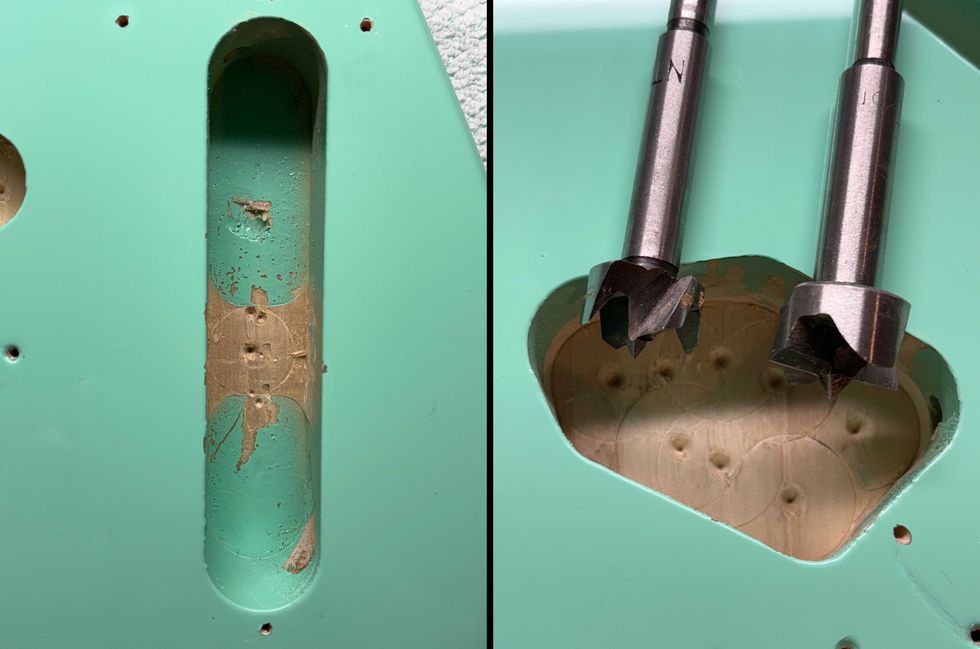Quick! How many grooves are there on a vinyl record? If you’re old enough to have played a record on a record player, you’ll realize there is, in fact, only one on each side. One groove starts on the outside edge of the disc and spirals inward until the lockout part of the groove (where the groove is allowed to make a closed circle) surrounds the label. If you understand that the groove was cut into the disc in such a way that the louder the recorded signal the more the needle (stylus) swings back and forth, you can appreciate how important is was to make sure the louder signals were never allowed to get so loud that the groove crossed over into the previous spiral.
True or false: commercials are louder than the shows between them. Although they often sound louder, the loudest part of a television show is as loud as a commercial. The difference is that the average volume level of the commercial is probably louder than the average level of the dialogue in a show.
Crucial to both forms of sound delivery are devices called Compressors and Limiters. Sometimes described as tools for making loud sounds softer and soft sounds louder, these devices are used in almost every recording or broadcast you’ve ever heard. In the music business, they are the principle weapons in the “Loudness Wars,” both in hardware and software versions. Record companies and artists don’t want their recordings to be less loud than someone else’s. The consensus is that louder sounds better, and that listeners don’t want to be constantly changing the volume on their players from song to song, even if this means the dynamics of the music are altered. Producers often want every sound to have as much impact as possible. 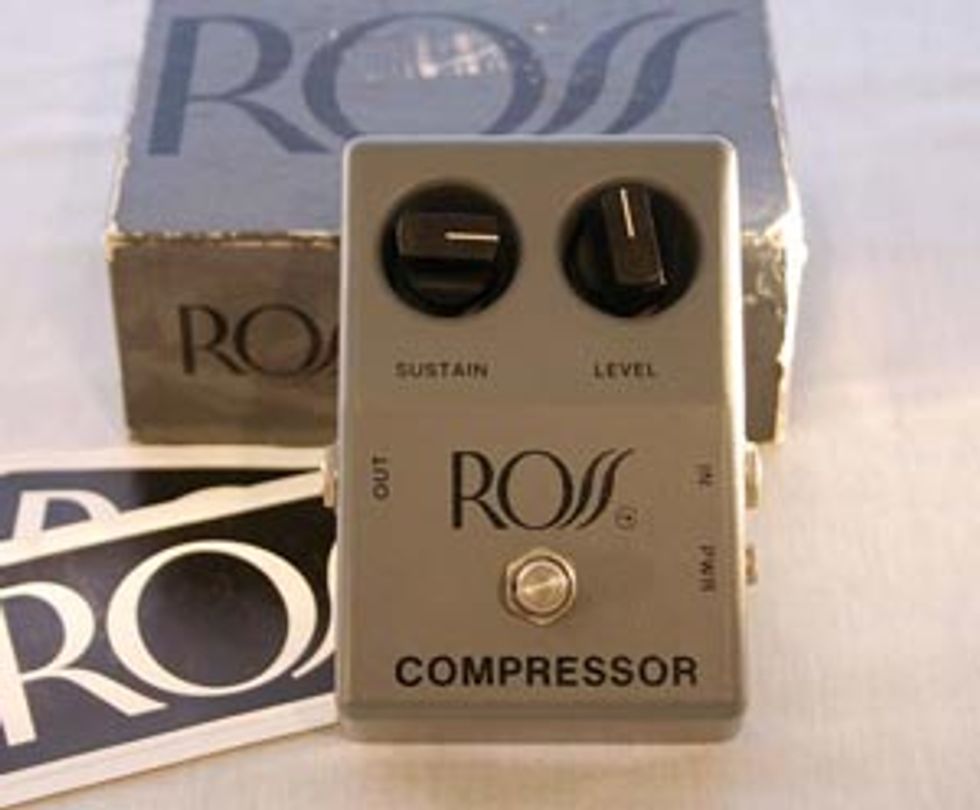
Before the invention of compressor/limiters (comp/limiters), a sound engineer had to anticipate peaks or reductions in volume and manually lower or raise the input volume control (known as a fader) to prevent incoming signals from overloading and distorting the recorder or broadcast transmitter. Conversely, the engineer would raise lower levels of a performance, so it could be clearly heard and recorded. Experienced engineers continue to “ride gain” when recording and mixing today, as it can sometimes sound cleaner than using a hardware device.
Compressors and limiters use amplifiers that can turn down the volume of a signal automatically when the level increases above a user-selected point called the threshold. To accomplish this, the input signal is split intotwo paths inside the compressor, as shown in the diagram. One path takes the signal to an amplifier (the big triangle), and the other sends the signal to a detection device that “tells” the amplifier to turn down the volume when the signal goes over the threshold. When the volume of the input signal is below the threshold, changes in volume at the input come out of the device unchanged. Then the signal goes to the makeup gain or output amplifier. This can be used to restore the overall volume of the outgoing signal. This is how the soft sounds are made louder. Of course, turning up the output can add noise and bring up all the background sounds you might not want—just like a guitar amp going from 3 to 6 or more.
The signal path that goes to the detector is called the sidechain. Imagine inserting an equalizer in the sidechain that only allows high frequencies to reach the detector. Then the compressor amplifier will only turn down the signal when a loud high frequency sound goes over threshold. That’s exactly what a “de-esser” is. I use a similar technique when recording slap bass. That way only the louder high frequency slapped notes get lowered, while leaving the usually lower fingered notes alone.
Added Control
As compressors evolved over the years, designers added more controls to make the devices more transparent sounding in a wider variety of uses. Early compressors like theclassic UREI (now UA) LA-2A (LA for Leveling Amplifier) had only an output control called Gain and a control called Peak Reduction, which set the threshold level. There was also a switch that changed its behavior to compress the dynamic range or restrict the absolute loudest a signal could go, in other words to limit it. Later comp/limiters added controls that affected how quickly the amplifier in the comp/limiter turned down a signal going over threshold, and how quickly the amplifier went back to its normal state after the signal level dropped below threshold. These are known as Attack and Release.
How much the amplifier turns down a signal is affected by its ratio. Simply put, if a signal increases 4 decibels (dB) above the threshold and increases 4 dB at the output, it is said to have a ratio of 1:1, and is described as being a Unity Gain amplifier. If that same signal increases only 1 dB at the output, it is said to be compressing at a ratio of 4:1. If the ratio is set to 8:1, that same signal would increase only one-half of a dB at the output. This affects how you perceive the volume change. A limiter is just a compressor with a high ratio, and is used to make sure a signal doesn’t get much louder than the threshold level. Remember that a comp/limiter works by turning down the volume, so softer background sound will be ducked, which may make the compression more obvious. In general, a compressor is set optimally whenit’s controlling the dynamics of a signal but you can’t hear it working unless you’re going for an effect. 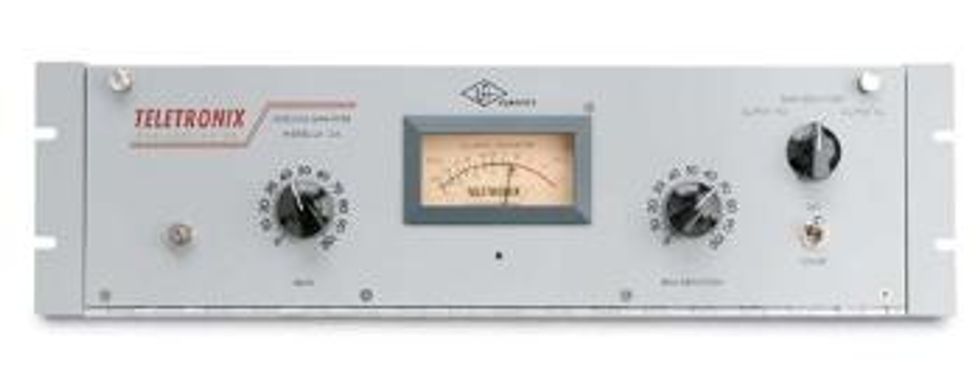
The Sound of Compression
Tube guitar amplifiers compress sound, as does analog tape. The sound of rock ‘n’ roll is the sound of compression. When you turn up the gain on a guitar amplifier, you’re overdriving the output stage. At this point, the output tubes can’t reproduce all the peaks in volume that you play into them, which is why the softer notes and harder played notes sound more even in volume. The peaks are clipped. Distortion and overdrive pedals restrict the peaks in volume, producing a more even level. Even clean boost pedals can even things out, because they can push your input signal closer to the level where your output tubes can’t reproduce beyond a certain point.
Analog tape works similarly. You can apply more level to tape than it can reproduce. The recorded sound that “goes into the red” may or may not play back distorted, depending on several factors. Even if it is distorted, it might still sound cool. However, when recording digitally, all bets are off! If you send too much signal to a digital recorder, you will get back un-musical noise—loud, unmusical noise! Bottom line? To get professional sounding results when recording, you need a good recorder, a good-sounding instrument, a good performance, a good microphone and a compressor. Very recently, manufacturers have started to add hardware limiters to their digital audio interfaces to help keep signal level below the “digital overs” level.
Compressor pedals can be useful. Early favorites, like the MXR Dyna Comp or Ross Compressor, had two controls: Sensitivity or Sustain, and Level or Output. These adjusted the threshold and the output level of the compressed signal. These pedals are a bit heavy-handed and stomp on the sound— though this can be a desired effect. Many a country picker has loved being able to rip through a lick blending open strings and fretted notes without a noticeable change in level while still getting a clean sound, instead of having to run the amp at distorting levels. Later models from other manufacturers either designed their circuits with a slower attack time, or added an attack control to allow a little more of the initial pick sound to the compressed signal (e.g. Ibanez and Roland).
Some current pedal makers offer 2-knob and 4-knob compressors. Often these 2-knob models have internal user-adjustable controls for attack and release times, so they’re basically the same as the 4-knob models. There are also a few pedals that allow you to blend the compressed signal with the uncompressed signal at the output. This is borrowing from an advanced mixing technique called parallel compression. All of these improvements are an attempt to make the compression effect less obvious and more transparent to the listener.
I remember reading that Sir George Martin said if he did anything wrong during the early Beatles recordings, it was perhaps that he used too much compression. So that’s why they sound so good!
Search
Latest Stories
Start your day right!
Get latest updates and insights delivered to your inbox.
Premier Guitar features affiliate links to help support our content. We may earn a commission on any affiliated purchases.
The Latest
More for you
Most Popular
Don’t Miss Out
Get the latest updates and insights delivered to your inbox.
Load More


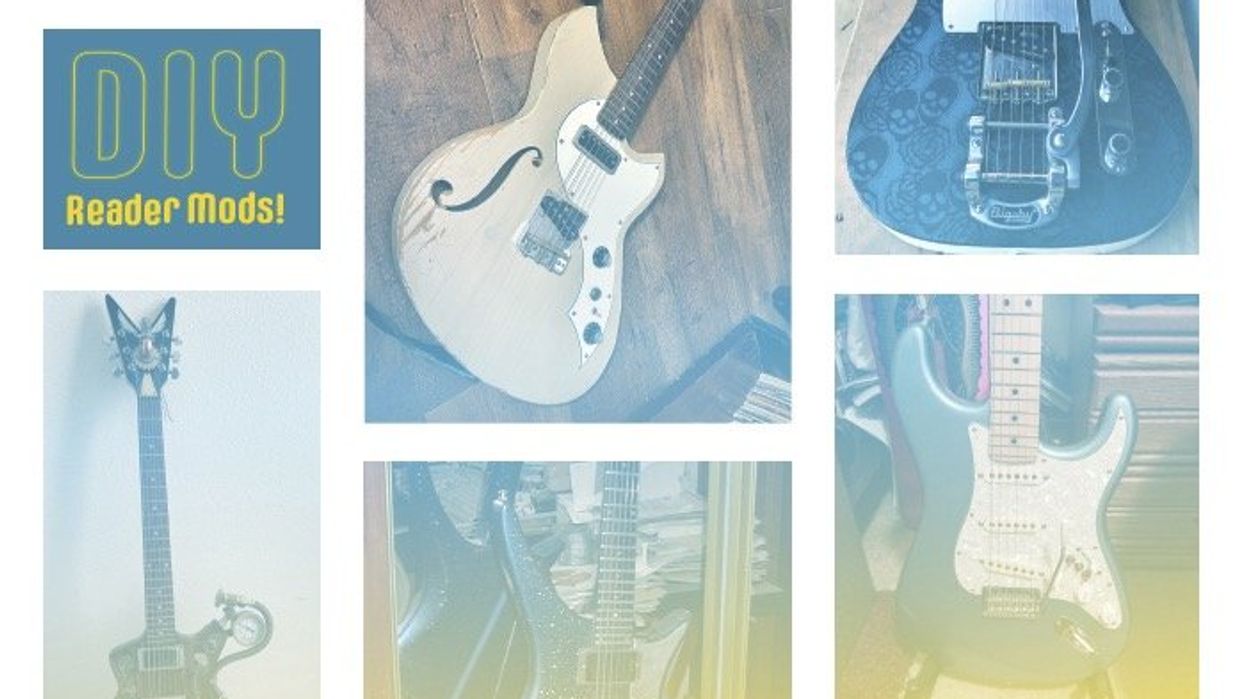
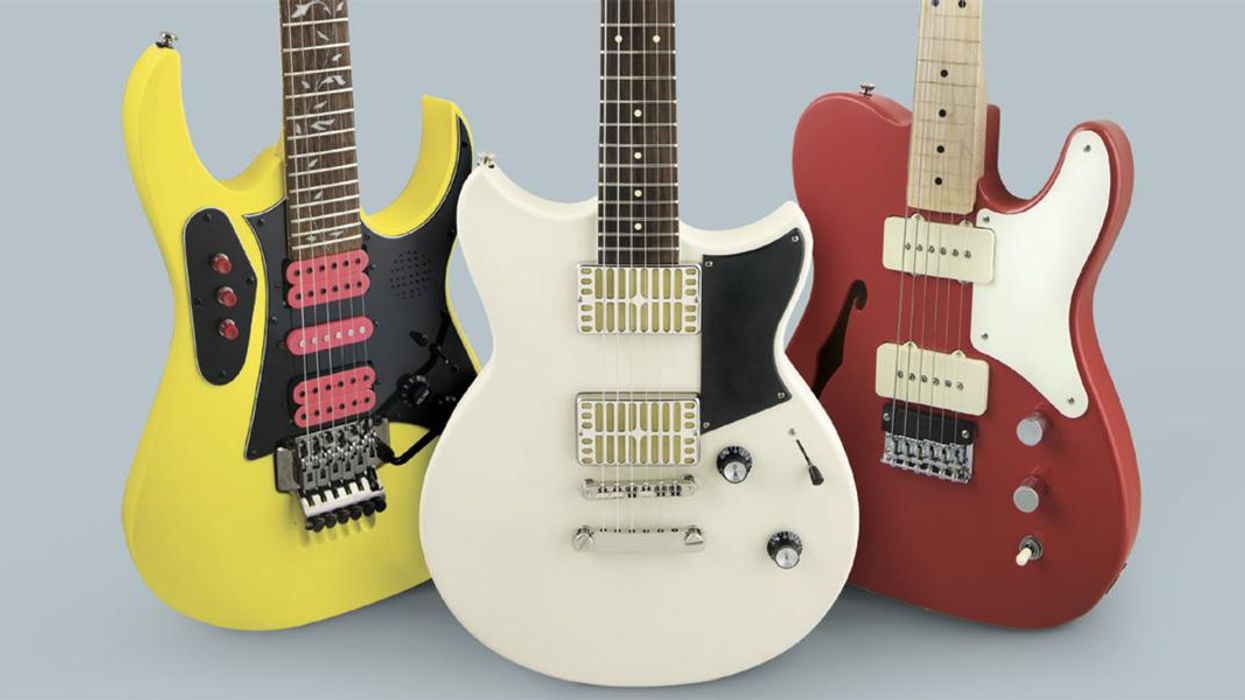
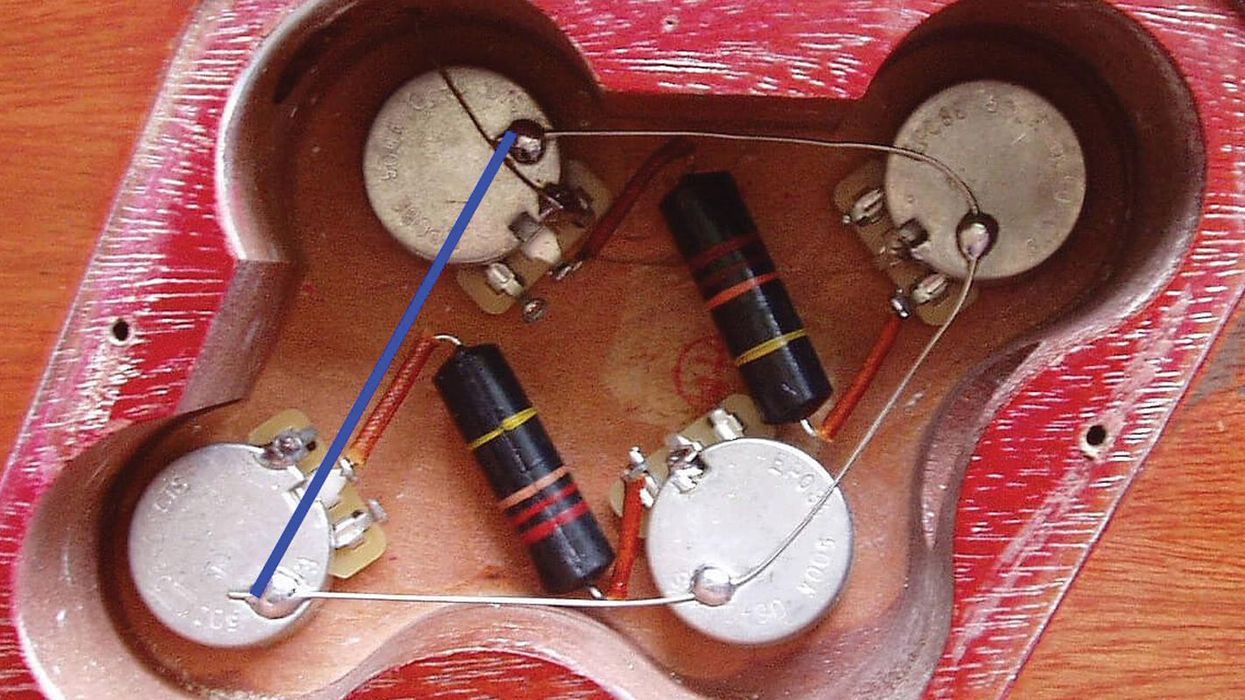
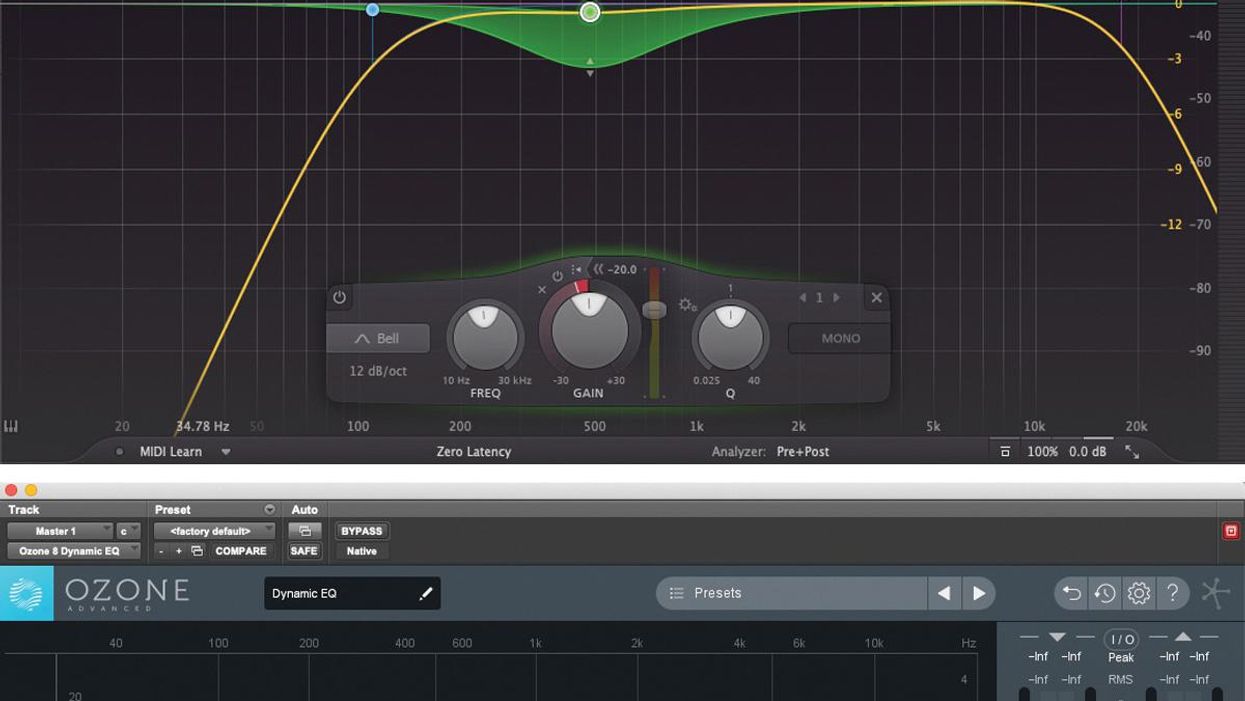













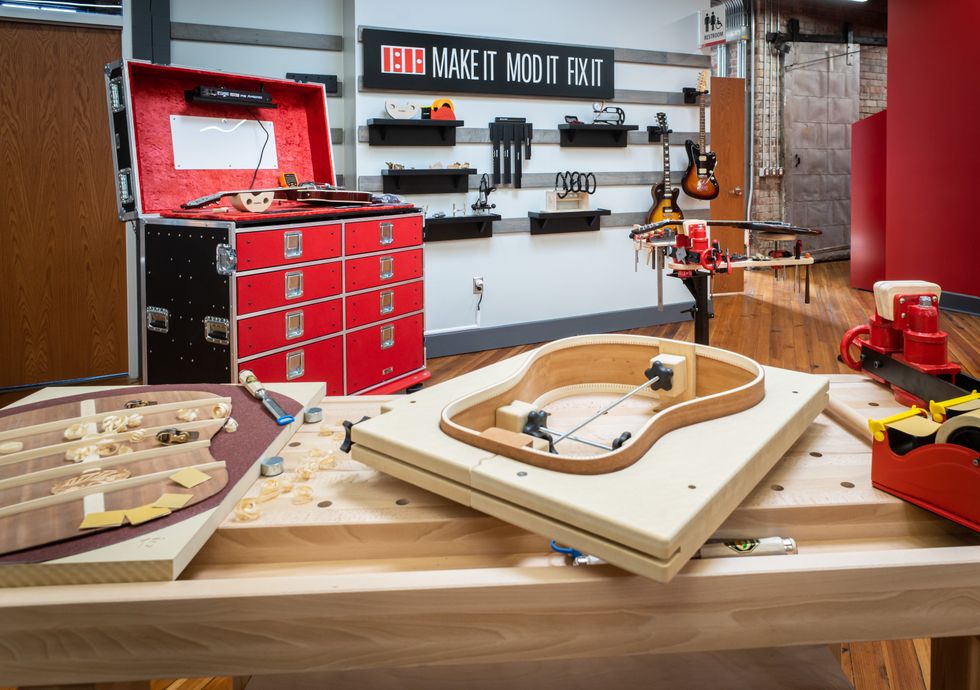

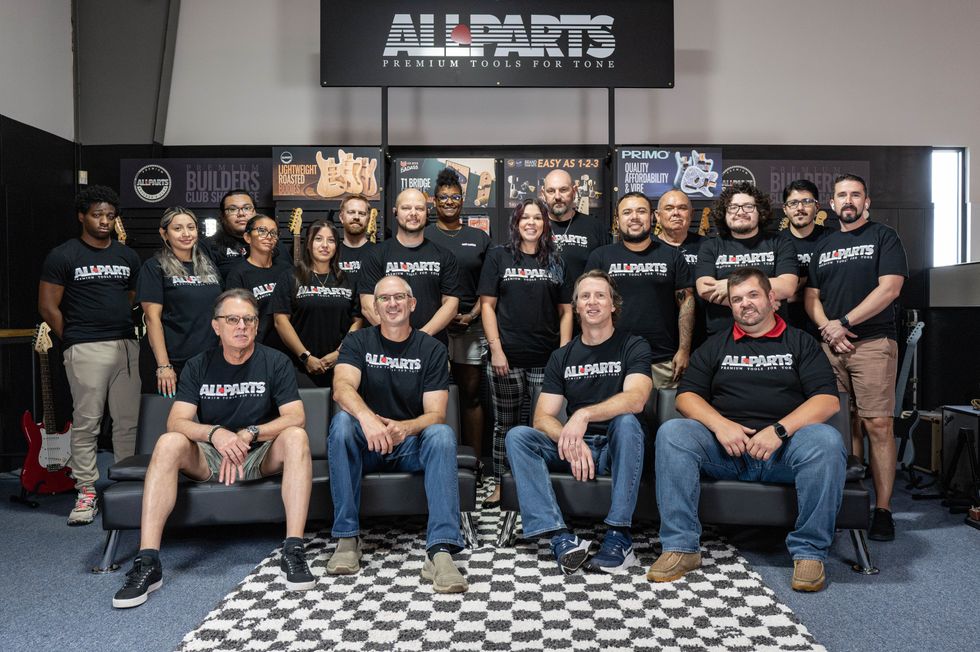 The Allparts team at their Houston warehouse, with Dean Herman in the front row, second from right.Photo by Enrique Rodriguez
The Allparts team at their Houston warehouse, with Dean Herman in the front row, second from right.Photo by Enrique Rodriguez